
By William Van Zyl
First published on April 20, 2021 (republished on January 5, 2023).
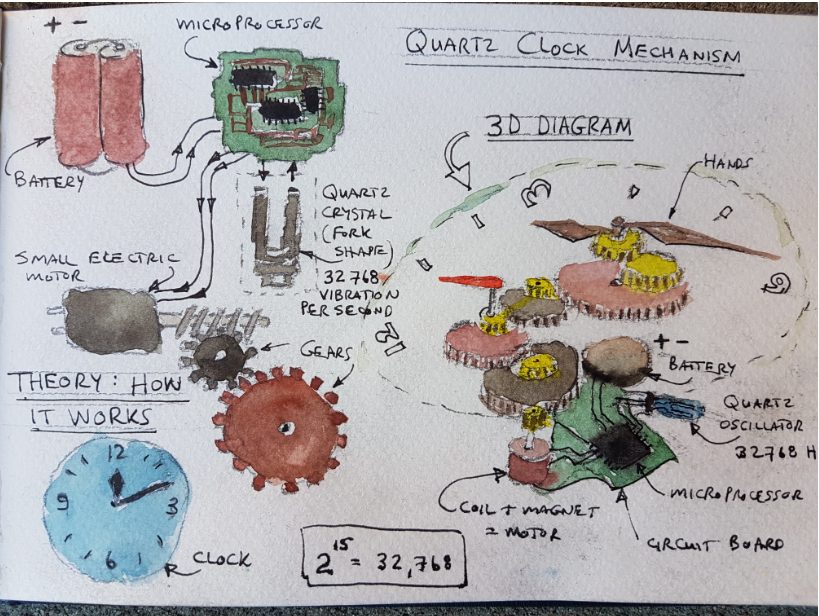
The Amazing Quartz Crystal. Vibrating at 32,768 per second. Stunning!
Tick, tock, tick, tock, … you are reading a time-clock.

Isn’t that just stunning? I mean in one second you have to count from 1 to 32,768 – it is humanly impossible. It is this vibration that has me in awe in this article. Wait for it. That same 32,768-quartz-crystal makes a clock tick at one beat per second! But how?
It all started when my wife asked me to replace the batteries of two of the quartz clocks in our home. You will see them. They run on penlight batteries (AA). One of the clocks casings are translucent; the mechanisms are visible through the light-grey case. It is very inexpensive and costs about $5 to $12 (US). Why all the fuss about such a cheap product? That is precisely the point—the miracle in the $8 mechanism. I have searched how a quartz clock works; you don’t have to. It is then that I discovered the super brilliant video of Steve Mould on quartz clocks. Make sure you view it! Amazing video. Don’t miss it!
As I have promised:
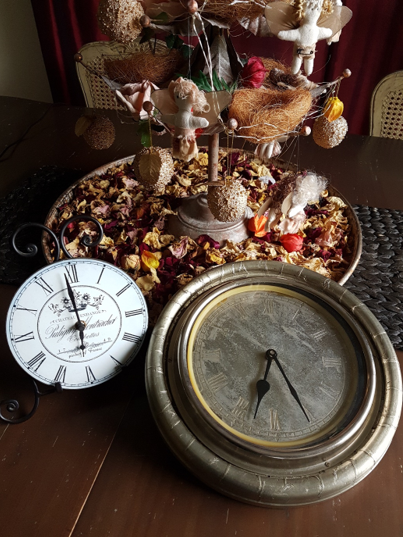
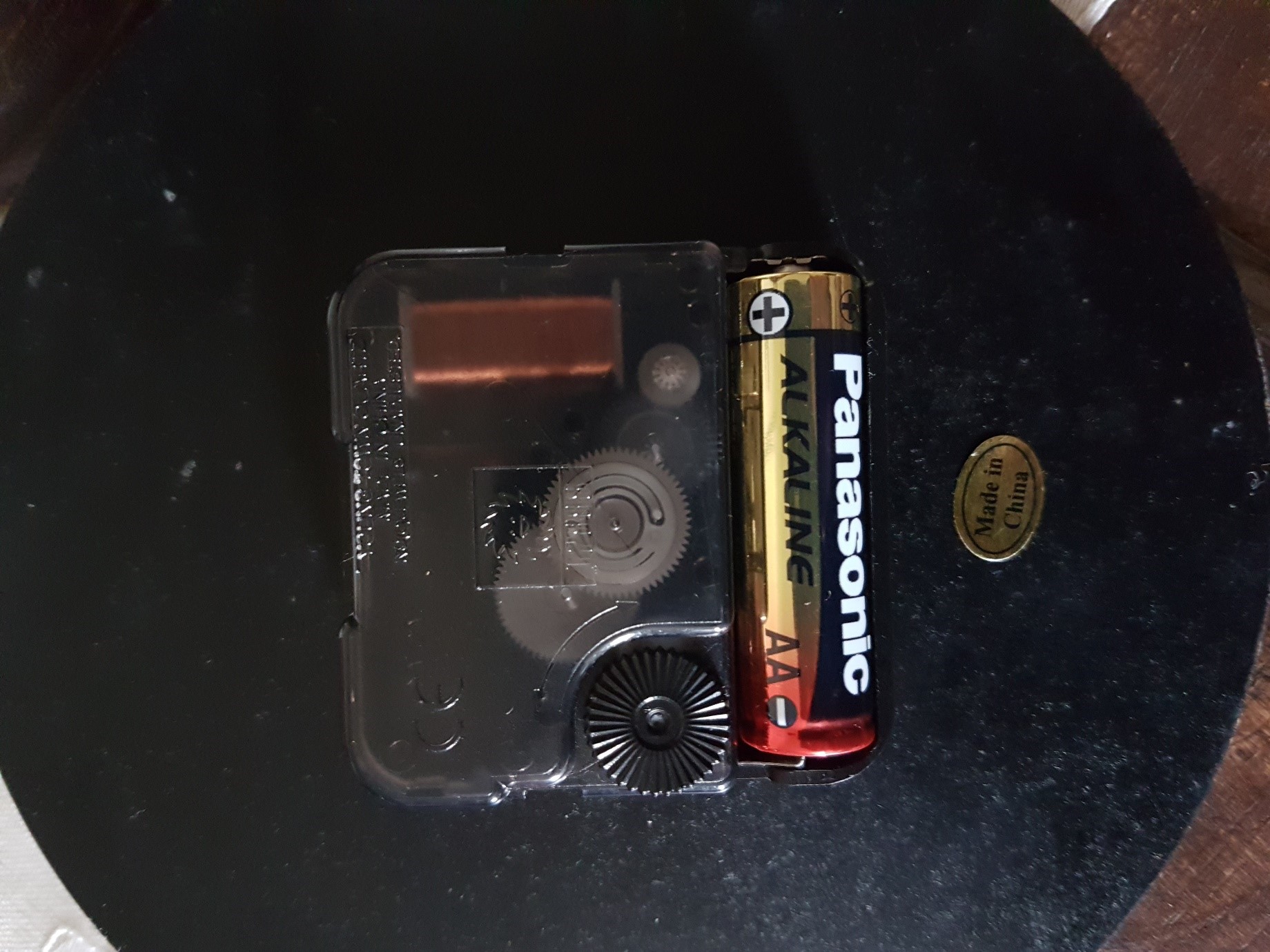
Table of Contents
Video showing how a quartz clock works
This great video – you have just watched – captures the essence of a quartz mechanism and how it works in simple terms. The reduction (or adaptation) of the vibration is communicated visually with stunningly simple illustrations. The video is so inspiring that it ignited my interest and inspired me to write this article.
Did you see the passion of Steve Mould? His explanation is stunning, isn’t it? We know how a quartz clock works now: Flip-flop-flip-flop… fourteen of them…down to one plop per second. So cool!
I have made some freehand sketches in my sketchbook. I share them.
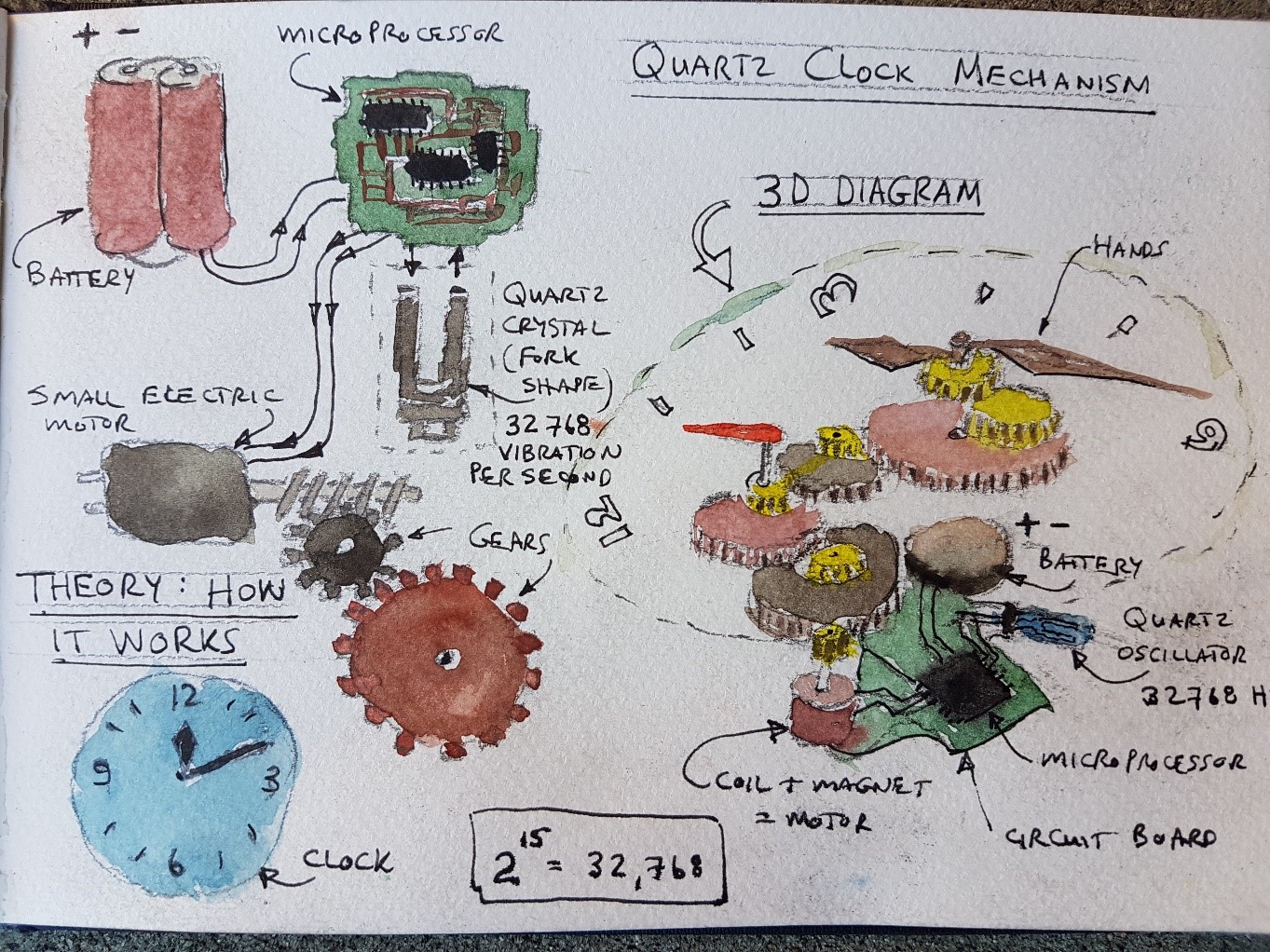
FROM MY SKETCHBOOK: Freehand sketches of the intricate workings of a quartz clock. Watercolours and pencil. Annotations – black ink (fountain pen). Credit: Author
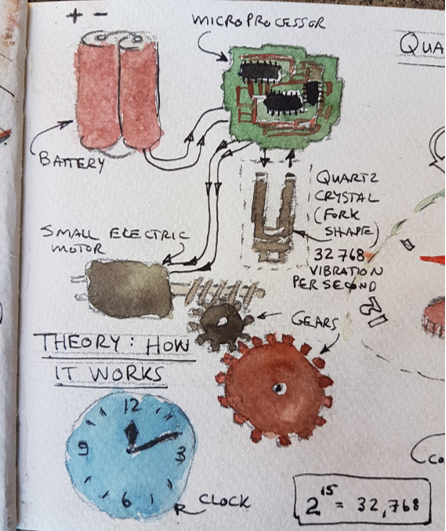
FROM MY SKETCHBOOK: Diagram showing how the different components work together. Credit: Author
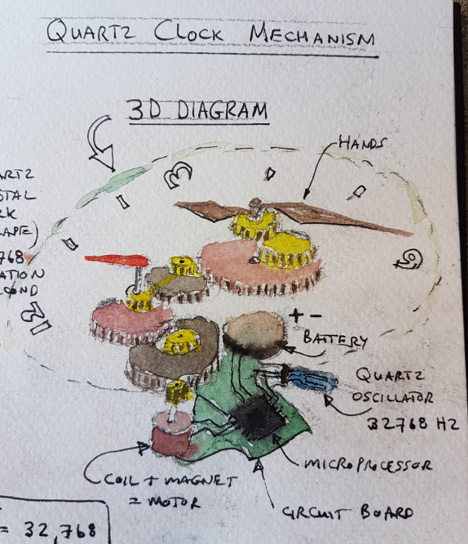
FROM MY SKETCHBOOK: The 3D-sketch shows an exploded view of the different parts and how it all fits together. Credit: Author
Here is a picture showing the inside of such an inexpensive clock mechanism.
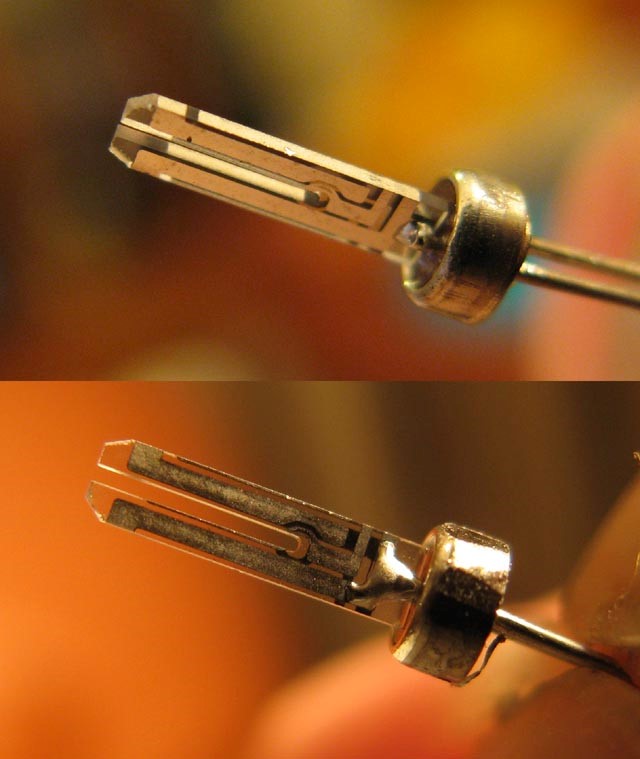
Picture of a quartz crystal resonator (quartz oscillator), used as the timekeeping component in quartz watches and clocks, with the case removed. It is formed in the shape of a tuning fork. Most such quartz clock crystals vibrate at a frequency of 32,768 Hz. Credit: https://en.wikipedia.org/wiki/Quartz_clock
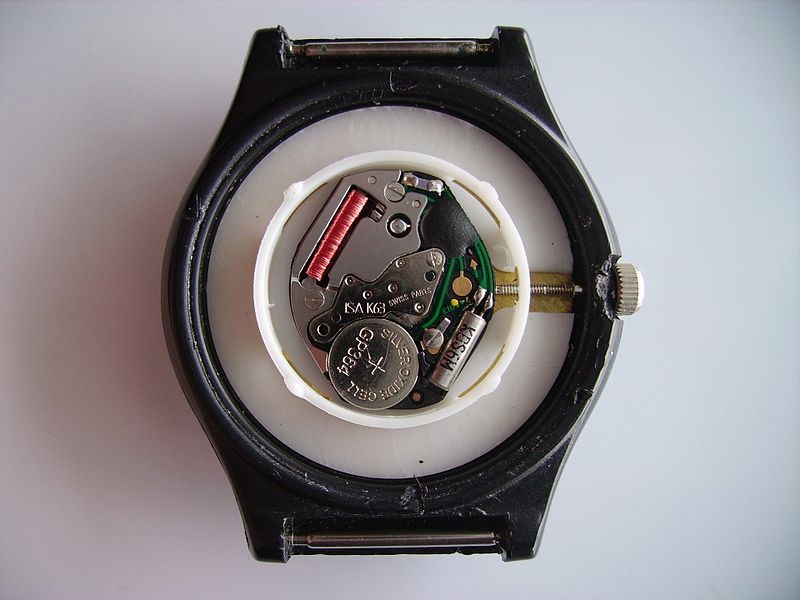
Basic quartz wristwatch movement. Bottom right: quartz crystal oscillator (silver tube), left bottom: cell watch battery (coin shape), top right: oscillator counter (in the black cover), top left: the coil of the stepper motor that powers the watch hands. Credit: https://en.wikipedia.org/wiki/Quartz_clock#/media/File:Armbanduhr_Rueckseite.jpg
Eternity ‘pulsing’ in the heart of man?
What got my attention is that is it possible that a similar ‘tuning fork’ (eternity oscillating in the human heart) has been placed inside the heart of every person by God?
11 He has made everything beautiful in its time. He has also set eternity in the human heart; yet no one can fathom what God has done from beginning to end. Ecclesiastes 3:11
I wonder at what rate – what frequency – does eternity vibrates in the heart? What could a diagram look like? What are the different components? Do you have any ideas?
Are humans wired for religion or worship? Let’s investigate.
Throughout the ages (since creation about 4,000 years ago) the symbols and landmarks –‘eternity in the heart of man’– are visible all over the earth. Lost empires and lost cultures. Archaeologists have uncovered so much on all the ancient cultures around the world. So much is revealed, and much remains a mystery. Think of Egypt, the Aztecs, the Mayans, and more. However, it seems like all civilisations worshipped something. Something of all-encompassing importance.
The ancient civilisations – for example, Egypt – shows one such important aspect: Worshipping their gods and the Pharaohs. The Pharaohs endeavoured to enter the afterlife as gods. It seems like humans want to worship something; something or someone that is outside themselves. Something or someone that is powerful has control and someone who has a profound influence in their lives. It includes the force of nature (seeking bumper crops and increase), health, wisdom, sex, and wealth.’ The most important and most powerful god of the Egyptians (belief-system) is Ra the Sun-god:
Later in Egyptian history, Ra (the god of the Sun) was merged with the god of wind, Amun, making him the most powerful of all the Egyptian gods. Amun-Ra was so mighty that even the Boy King, Tutankhamun, was named after him – translated his name means “Living image of Amun”.
The Trinity (Christian perspective) is summed up in the following verse. The 3 are merged: 3 in 1:
“And the Holy Spirit descended upon Him [Jesus] in bodily form like a dove, and a voice came out of heaven, “You are My [the Father’s] beloved Son, in You I am well-pleased.” Luke 3:22
It seems like the human heart (and the brain) is wired for worship. Did the ancient civilisations experience and developed this god-consciousness? See the work of Andrew Newberg on the wiring of the brain.
Andrew Newberg, a neuroscientist who studies the brain in light of religious experience, has spent his career following this hunch. “If you contemplate God long enough,” he writes in How God Changes Your Brain, “something surprising happens in the brain. Neural functioning begins to change. Different circuits become activated, while others become deactivated. New dendrites are formed, new synaptic connections are made, and the brain becomes more sensitive to subtle realms of experience. Perceptions alter, beliefs begin to change, and if God has meaning for you, then God becomes neurologically real.” Credit: BBC. https://www.bbc.com/future/article/20190529-do-humans-have-a-religion-instinct
Here is the second explosion. Could the heart be the ‘quartz crystal’ that pulses with the need for religion and worship? Pacing the brain (soul). Think about the video of Steve Mould, where he uses the electromagnet (steel rule and magnet), to explain the quartz clock, could the human heart have the same function?
The heart is the most powerful source of electromagnetic energy in the human body, producing the largest rhythmic electromagnetic field of any of the body’s organs. The heart’s magnetic field can be measured several feet away from the body by sensitive magnetometers.
Our heart will beat about 115,000 times each day. Is it a resonating ‘tuning fork’ – similar to the quartz crystal mechanism – embedded in the human soul or heart? Is the level of consciousness (and experience) – ‘the electromagnetism’ – related to our openness to faith and religion as Newberg suggests? The notion seems true. The heart also has a memory similar to our brain.
Research shows that the heart has more than 40,000 neurons that can sense, feel, learn, and remember, and that it is constantly in communication with the brain. When we intentionally savor positive emotions, such as caring, compassion, and appreciation, the heart processes these experiences, and the heart’s rhythm becomes smoother and more harmonious—what’s known as coherent. According to the HearthMath Institute, heart intelligence is “the flow of awareness, understanding, and intuition we experience when the mind and emotions are brought into coherent alignment with the heart.” This information is then sent to the entire body—neurologically, biochemically, biophysically, and energetically—which profoundly affects how we perceive, think, feel, and perform. All sorts of benefits arise, including increased vitality, decreased stress, a deepening of relationships, and greater mental clarity and intuitive ability, including better decision-making (heartmath.org).
Finally, brothers and sisters, whatever is true, whatever is noble, whatever is right, whatever is pure, whatever is lovely, whatever is admirable—if anything is excellent or praiseworthy—think about such things. Philippians 4:8
Blessed is the one
who does not walk in step with the wicked
or stand in the way that sinners take
or sit in the company of mockers,
2 but whose delight is in the law of the Lord,
and who meditates on his law day and night.
3 That person is like a tree planted by streams of water,
which yields its fruit in season
and whose leaf does not wither—
whatever they do prospers. Psalm 1: 1-3.
Here are 4 fun facts about the hear
· An electrical system controls the rhythm of your heart. It’s called the cardiac conduction system.
· The heart can continue beating even when it’s disconnected from the body.
· The first open-heart surgery occurred in 1893. It was performed by Daniel Hale Williams, who was one of the few black cardiologists in the United States at the time.
· The first implantable pacemaker was used in 1958. Arne Larsson, who received the pacemaker, lived longer than the surgeon who implanted it. Larsson died at 86 of a disease that was unrelated to his heart.
Credit: healthline.com. https://www.healthline.com/health/fun-facts-about-the-heart
Notes and facts:
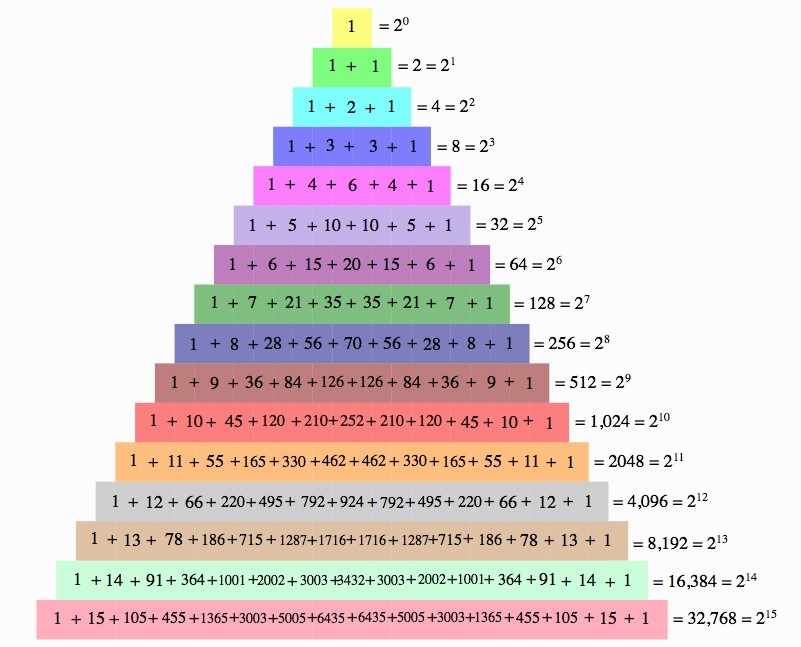
Powers of 2
Now let’s take a look at powers of 2. If you notice, the sum of the numbers is Row 0 is 1 or 2^0. Similarly, in Row 1, the sum of the numbers is 1+1 = 2 = 2^1. If you will look at each row down to row 15, you will see that this is true. In fact, if Pascal’s triangle was expanded further past Row 15, you would see that the sum of the numbers of any nth row would equal to 2^n
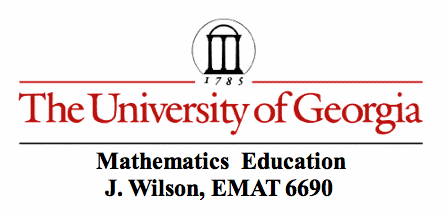
Credit: University of Georgia. Mathematics Education. J Wilson, EMAT 6690. Kate Berryman. http://jwilson.coe.uga.edu/EMAT6680Su12/Berryman/6690/BerrymanK-Pascals/BerrymanK-Pascals.html
Copyright © 2021 William Van Zyl
A QUARTZ CRYSTAL CLOCK VIBRATES AT 32,768 TIMES PER SECOND. ARE HUMANS ALSO VIBRATING?
All rights reserved. This book or any portion thereof may not be reproduced or used in any manner whatsoever without the express written permission of the publisher except for the use of brief quotations in a book review.
New Zealand
First Publishing, 2021, April 20.
Second publishing, January 5, 2023.
However, brief quotations in a book review, references to the website, links to the website, or very short references, may be used. Links to social media websites (Facebook, Twitter, etc.) may be used. The photographs/sketches may not be reproduced.
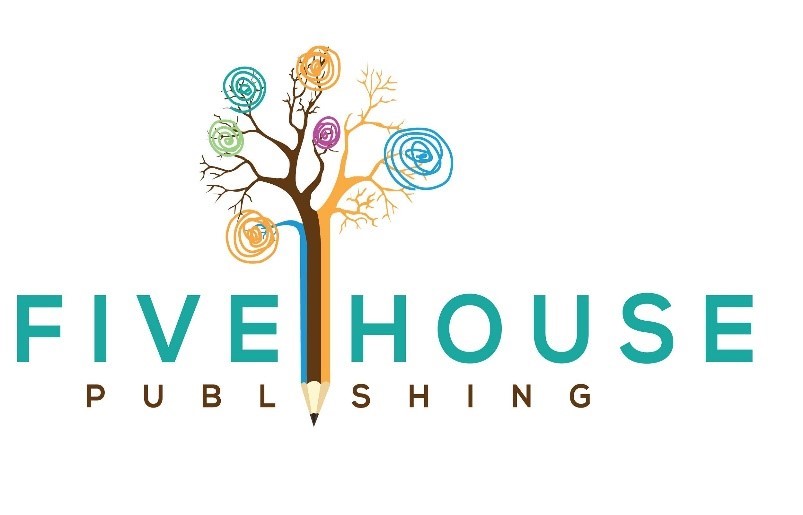
Read more online: https://fivehousepublishing.com/
More about the Author: http://williamvanzyl.com/
Podcasts:
https://feed.podbean.com/williamvzyl/feed.xml
https://williamvzyl.podbean.com/